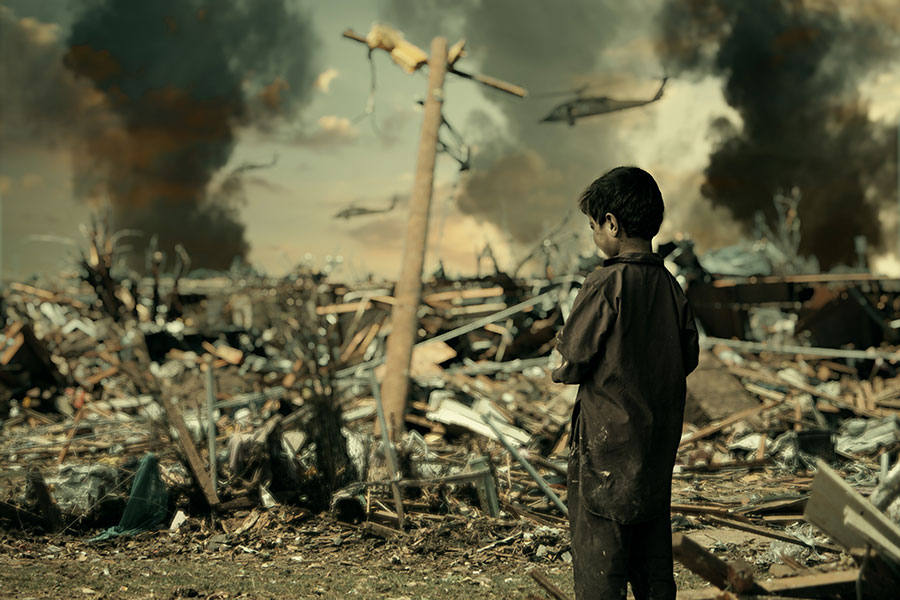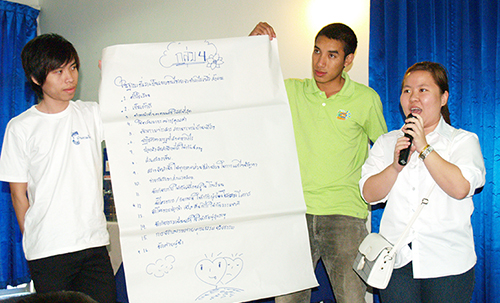
While many children are still forcibly recruited and used by armed forces or groups, research has found that socio-economic and circumstantial factors can push boys and girls into joining an armed group, left with no choice. Regardless of their role, the experience for girls and boys is devastating. Despite this, the UN verified in its most recent report that 8,521 children were recruited and used in conflicts around the world. Some child soldiers were as young as six years old.Ĭhildren can become involved in armed conflicts in direct combat roles, but also in supporting roles – being forced or coerced to become cooks, cleaners, porters, intelligence gatherers and spies, wives, sex slaves, or used in acts of terror. Today, 170 States have signed and ratified the OPAC. When trying to end the scourge of child soldiers, it's necessary to work not only with armed forced and groups to end their recruitment practices, but also tackle the root causes and factors driving these push factors Former child soldier Mary sews her way to healing and recovery


While there can appear to be an element of “choice” involved in a child’s actions that result in joining an armed group, this choice is almost always a product of coercion, lack of safe alternatives, and out of fear created by the conflict itself. In 2002, the Optional Protocol to the Convention on the Rights of the Child on the involvement of children in armed conflict (OPAC) came into force, defining the recruitment and use of children in conflict as a violation international law. Recognising the devastating impact of conflict on children, the UN defined six grave violations of children’s rights – including the recruitment and use of children. The United Nations reports that 250 million girls and boys live in areas of the world affected by armed conflict.ĭespite being least responsible for the outbreak of violent conflict, children are disproportionately at risk of being affected by the violence and exploitation that occurs in war zones.


 0 kommentar(er)
0 kommentar(er)
